Eurozone retail sales rose 0.4% mom in February, well above expectation of 0.1% mom. Though, it’s still notably lower than January’s growth of 0.9% mom. In EU 28, retail sales also rose 0.4%.
BCC: Contraction in business investment to drag UK growth in 2020 and 2021
The British Chambers of Commerce revised up 2019 UK growth forecast to 1.3% (from 1.2%), driven by the “exceptionally rapid stock-building” early in the year. However, 2020 growth forecast was downgraded notably to 1.0% (from 1.3%), 2021 downgraded to 1.2% (from 1.4%). In particular, business investment is forecast to contract -1.3% in 2019 before recovering slightly by 0.4% 2020.
Adam Marshall, Director General of BCC noted: “Businesses are putting resources into contingency plans, such as stockpiling, rather than investing in ventures that would positively contribute to long-term economic growth. This is simply not sustainable”,
Suren Thiru, Head of Economics at BCC said: “The deteriorating outlook for business investment is a key concern as it limits the UK’s productivity potential and long-term growth prospects…. A messy and disorderly exit from the EU remains the main downside risk to the UK’s economic outlook as the disruption caused would increase the likelihood of the UK’s weak growth trajectory translating into a more pronounced deterioration in economic conditions.”
ECB’s de Guindos on rate hikes: Data-Dependent and cautious amid banking sector uncertainty
ECB Vice President Luis de Guindos recently shared his thoughts on the central bank’s approach to future rate hikes, emphasizing a data-dependent and cautious stance in light of the uncertainties arising from the financial sector problems in the US and Switzerland.
In an interview, de Guindos stated, “We raised rates by 50 basis points in March and we are open-minded with respect to the future… We are not pre-committing to any action.”
The impact of the US banking system and Credit Suisse events on the Eurozone economy is a pressing concern for the ECB. Over the coming weeks and months, de Guindos noted that the central bank would need to evaluate whether these events would lead to tighter financing conditions.
The ECB Vice President acknowledged that such events increase uncertainty and may result in tighter credit standards in the Eurozone, potentially affecting the economy with lower growth and inflation. However, de Guindos explained that it is too early to determine the intensity of this factor.
Regarding the ECB’s inflation target, de Guindos emphasized the importance of a timely return to 2% inflation within the two-year projection horizon and highlighted the crucial role of core inflation in achieving this goal.
He stated, “Headline inflation will decline quite rapidly over the next six to seven months as the base effects play in favor of a rapid reduction in inflation… What we want to see is a steady and clear convergence towards the 2% target. In that respect, core inflation is going to be key. It is very difficult to converge towards the 2% target in a sustainable way without a clear decline in core inflation.”
BoE Pill: Nov MPC meeting is finely balanced, live
BoE’s new Chief Economist Huw Pill said UK inflation is likely to rise “close to or even slightly above 5 per cent” early next year. And, “that’s a very uncomfortable place for a central bank with an inflation target of 2 per cent to be.”
As for market expectation of a November rate hike, Pill declined to disclose his stance, and just said it’s “finely balanced”, “November is live”. And he added, “maybe there’s a bit too much excitement in the focus on rates right now”.
“The big picture is, I think, there are reasons that we don’t need the emergency settings of policy that we saw after the intensification of the pandemic,” said Pill. “The settings that we now have are supportive settings. The need for support has diminished, as this bridge has been built and largely traversed.”
BoC Lane: No reason to move in step with Fed, hinting at no rate cut
BoC Deputy Governor Timothy Lane said in a speech enduring uncertainty of US-China trade relations has “already done some damage” to the global and Canadian economy. But “Canada also has notable strengths, and inflation remains on target”. He added, “Our strong labour market points to sources of growth, such as computer system design and other professional services, education, health care and financial services. It is because of this strength amid the turmoil that we say Canada is resilient, although it is not immune.”
Lane also noted Fed has cut interest rate three times this year. But he emphasized “There is no reason for the Bank of Canada to move in step with the Fed. On the contrary, the experience of the past decade shows that Canada and the United States have followed different roads, reflecting differences in our economic conditions.”
The comments reinforced the message from yesterday’s BoC statement. That is, the central is on hold, with a neutral bias.
UK May has faithfully and firmly reflected backstop concerns to EU, Brexit deal vote again in week of Jan 14
UK Prime Minister Theresa May told MPs that she has “faithfully and firmly” reflected the Commons’ concerns about the Irish border backstop to EU. And she described some of the exchanges with EU leaders as being “robust”. She added that “but I make no apology for standing up for the interests of this house and for the whole of the United Kingdom.
Nevertheless, May also repeated what the EU has said. That is, EU hoped that the backstop would not be triggered. And even if the backstop was used, it should be temporary. May also mentioned that French President Emmanuel Macron said no one is trying to lock up the UK to the backstop. Though, May also said further discussions will take place with the EU.
On the timing of the vote, May said debate on the Brexit deal with resume in the week beginning Monday January 7. Vote will be held in the following week, that is, the week beginning January 14.
Japan PMI manufacturing dropped to 52.2, services dropped to 46.4
Japan PMI Manufacturing dropped slightly from 52.4 to 52.2 in July, below expectation of 53.1. PMI Services dropped from 48.0 to 46.4. PMI Composite dropped from 48.9 to 47.7.
Usamah Bhatti, Economist at IHS Markit, said: “Flash PMI data indicated that Japanese private sector businesses saw a faster reduction in activity during July. Output fell at the quickest pace for six months, while the contraction in new business inflows was the fastest since February. Survey members attributed the deterioration in business conditions to persistent rises in COVID-19 cases and state of emergency measures which dampened activity and demand.”
G20 finance ministers warned trade and geopolitical tensions have intensified
G20 Finance Ministers the Central bank Governors said in the post-meeting communiqe that global growth “appears to be stabilizing” and is “generally projected to pick up moderately later this year and into 2020. However, risks to global growth remain “tilted to the downside”.
And they warned, “most importantly, trade and geopolitical tensions have intensified.” The group pledged to “continue to address these risks, and stand ready to take further action.” However, the originally proposed language of “recognize the pressing need to resolve trade tensions” was dropped.
Nevertheless, the group still “reemphasize that international trade and investment are important engines of growth, productivity, innovation, job creation and development”. And they will “continue to take joint action to strengthen international cooperation and frameworks.”
US and China held constructive phone call on trade
A phone call was held between Chinese Vice Premier Liu He, US Trade Representative Robert Lighthizer and Treasury Secretary Steven Mnuchin on Saturday morning. The Chinese Ministry of Commerce said “constructive” discussions about each side’s core concerns regarding the phase-one trade deal were held. Both sides agreed to stay in close communications. It’s also reported that both sides have held working-level video calls on details and timeline of China’s agricultural purchases.
Separately, US President Donald Trump hailed that “Our great Farmers will receive another major round of ‘cash,’ compliments of China Tariffs, prior to Thanksgiving.” “The smaller farms and farmers will be big beneficiaries. In the meantime, and as you may have noticed, China is starting to buy big again. Japan deal DONE. Enjoy!”
For now, there is no indication on when the phase-one trade deal would be completed and signed.
US GDP grew 6.4% annualized in Q1
US GDP grew 6.4% annualized in Q1, slightly below expectation of 6.5%. BEA said: “The increase in real GDP in the first quarter reflected increases in personal consumption expenditures (PCE), nonresidential fixed investment, federal government spending, residential fixed investment, and state and local government spending that were partly offset by decreases in private inventory investment and exports. Imports, which are a subtraction in the calculation of GDP, increased.”
BoC kept rate at ELB of 0.25%, expects strong Q2 rebound
BoC left overnight rate at “effective lower bound” of 0.25% widely expected. Bank rate and deposit rate are held at 0.50% and 0.25% respectively. It will continue with the QE program with CAD 4B per week. BoC expects no rate hike until into 2023, while QE will continue until recovery is “well underway”.
Globally BoC said “the arrival of effective vaccines combined with further fiscal and monetary policy support have boosted the medium-term outlook for growth”. Global GDP growth is projected to average just over 5% in 2021 and 2022, then slow to 4% in 2023.
For Canadian, Growth in Q1 of 2021 is now “expected to be negative” due to resurgence of coronavirus infections and lockdowns. Though, BoC expects a “strong second-quarter rebound” assuming that restrictions are lifted later in Q1. It projects Canadian economy to growth 4% in 2021, almost 5% in 2022, and around 2.5% in 2023. Canada CPI is expected to rise temporarily to around 2% in H1 and return sustainably to 2% target in 2023.
US ADP jobs grew only 67k, goods producers still struggled
US ADP report showed 67k job growth in private sector only, well below expectation of 138k. Looking at some details, small businesses added 11k jobs. Medium businesses added 29k. Large businesses added 27k. By sector, goods-producing jobs contacted -18k. Service-providing jobs rose 85k.
“In November, the labor market showed signs of slowing,” said Ahu Yildirmaz, vice president and co-head of the ADP Research Institute. “The goods producers still struggled; whereas, the service providers remained in positive territory driven by healthcare and professional services. Job creation slowed across all company sizes; however, the pattern remained largely the same, as small companies continued to face more pressure than their larger competitors.”
Mark Zandi, chief economist of Moody’s Analytics, said, “The job market is losing its shine. Manufacturers, commodity producers, and retailers are shedding jobs. Job openings are declining and if job growth slows any further unemployment will increase.”
Contrary to market expectations, PBoC maintains MLF rate but increases liquidity
Despite the anticipation of a rate cut to bolster the weakening economy, currently grappling with deflation for the past three months, PBoC held firm, keeping the rate on CNY 995B worth of one-year medium-term lending facility loans steady at 2.50%. This decision defied the general expectation of a 0.1% cut to 2.40%.
Opting not to alter the policy rate, the central bank instead chose to enhance liquidity in the banking system. This is seen from the net injection of CNY 216B of fresh funds, following the expiration of CNY 779B worth of MLF loans this month. Moreover, PBoC also infused CNY 89B yuan through seven-day reverse repos, maintaining a stable borrowing cost at 1.80%.
There is little reaction from USD/CNH to PBoC’s announcement. Technically, USD/CNH is now at a critical juncture, pressing 55 D EMA, just ahead of 7.199 near term resistance. Near term outlook is staying bearish. Another decline and break of 7.0870 short term bottoming will resume the whole fall from 7.3679 to 61.8% retracement of 6.6971 to 7.3679 at 6.9533.
However, firm break of 7.1990 will argue that the fall from 7.3679 has completed and turn near term outlook bullish for retesting this high.
UK parliament rejected all four Brexit alternatives again, but customs union option was close
Sterling weakened mildly as the UK House of Commons, unsurprisingly, rejected all four Brexit alternatives in yesterday’s indicative votes again. The closest one to get a majority was Conservative MP Kenneth Clarke’s Customs Union option, which was defeated 276-273. The most voted one was Labour Peter Kyle’s Confirmatory Public Vote, which was defeated 292-280.
Brexit Minister Steven Barclay complain in the Parliament after the votes that “this House has continuously rejected leaving without a deal just as it has rejected not leaving at all.” And he reiterated that ” the only option is to find a way through which allows the U.K. to leave with a deal.” He also noted “if the house were to agree a deal this week, it would still be possible to avoid holding European parliamentary elections.” It’s taken as a hint that Prime Minister Theresa May could put the thrice-defeated Brexit deal to a fourth vote this week.
RBA Lowe reiterated three central messages of the central bank
RBA Governor Philip Lowe reiterated the three central messages in the meeting minutes, in a speech titled “Trust and Prosperity“. He noted:
“First, the economy is moving in the right direction and further progress is expected in lowering unemployment and having inflation consistent with the target.
Second, the probability of an increase in interest rates is higher than the probability of a decrease. If the economy continues to move along the expected path, then at some point it will be appropriate to raise interest rates. This will be in the context of an improving economy and stronger growth in household incomes.
Third, the Board does not see a strong case for a near-term change in interest rates. There is a reasonable probability that the current setting of monetary policy will be maintained for a while yet. This reflects the fact that the expected progress on our goals for unemployment and inflation is likely to be gradual. The Board’s view is that it is appropriate to maintain the current setting of policy while this progress is made.”
Asian update: Pound found footing after May’s historic defeat, more upside likely
A lot of volatility is seen in Sterling in the past 12 hours. The Pound was sold off on the historical defeat of Prime Minister Theresa May in the Commons. But it found its footing quickly. For now, there is still prospect of extending recent rebound against Dollar and Euro.
Though, at the time of writing, Yen is the strongest one for today. Australian Dollar is the weakest. But all are bounded in yesterday’s range after all.
For the week, Sterling remains the strongest followed by Yen, Euro is the worst performing followed by Swiss Franc.
In Asian markets, major indices are staying in tight range:
- Nikkei is down -0.65%
- Hong Kong HSI is down -0.13%
- China Shanghai SSE is down -0.08%
- Singapore Strait Times is up 0.21%
- Japan 10 year JGB yield is down -0.0079 at 0.007, still positive
Overnight:
- DOW rose 0.65%
- S&P 500 rose 1.07%
- NASDAQ rose 1.71%
Treasury yields continued to show strength at the long end
- 30-year yield up 0.011 at 3.071
- 10-year yield up 0.001 at 2.711
- 5-year yield down -0.002 at 2.527
ECB Lane: Reversal of energy prices will feed into lower core
ECB Chief Economist Philip Lane has asserted that falling energy prices could lead to lower core inflation due to reduced living costs and, consequently, restrained wage increases. However, he stressed the timeline and extent of this effect remain uncertain.
Speaking at a conference in Dubrovnik, Lane said, “I don’t think it’s symmetric… but when energy prices fall, core inflation does follow, because there is less pressure from an energy cost, there’s less pressure on the cost of living, therefore on nominal wage increases
“So, we do think this spectacular reversal of energy prices will feed into lower core, but the timeline for that and the scale of it is uncertain,” he added.
Lane further observed that wage growth is generally progressing at a moderate pace, with many people still bound to older contracts. “The latest deals are coming in at above 5%, but (this is in the) ballpark of what we expect,” he noted.
Despite this, he expects nominal wage growth to peak this year and suggested it would take real wages until 2025 to recover back to their 2019 level.
ECB accounts: Preference initial expressed for 50bps hike
ECB’s account of its June meeting revealed a wide consensus in favor of a 25 bps rate hike. Interestingly, the minutes also noted an initial preference for an even steeper hike of 50 basis points.
“A preference was also initially expressed for raising the key ECB interest rates by 50 basis points in view of the risk of high inflation becoming more persistent,” the minutes noted.
However, the adopted “data-dependent, meeting-by-meeting approach” and uncertainties in the global economic landscape resulted in the final decision for a 25bps increment.
Meanwhile, the account noted, “Emphasis was put on the need to be sufficiently restrictive and persistent in the monetary policy tightening.”
It’s crucial, as per ECB’s narrative, to convey that their monetary policy still has a long way to go to bring inflation back to the target in a timely manner.
The meeting minutes convey this message clearly, stating, “It was seen as essential to communicate that monetary policy had still more ground to cover to bring inflation back to target in a timely manner.”
China Caixin PMI manufacturing dropped to 53.0, negative impact of pandemic further subsided
China Caixin PMI Manufacturing dropped to 53.0 in December, down from 54.9, missed expectation of 54.9. Markit said that output and new work expanded at slower, but still marked, rates. Staffing levels stagnated, despite further uptick in backlogs of work. Input costs increased at quickest rate for three years.
Wang Zhe, Senior Economist at Caixin Insight Group said: “In December, the negative impact of the pandemic on the domestic economy further subsided and the manufacturing industry continued to recover. Both the supply and demand sides continued to improve. Overseas demand also steadily increased. In terms of the trend, we expect the economic recovery in the post-epidemic era to continue for several months, and macroeconomic indicators will be stronger in the next six months, taking into account the low bases in the first half of 2020. Meanwhile, we need to pay attention to the mounting pressure on costs brought by the increase in raw material prices and its adverse impact on employment, which is particularly important for the design of the exit from stimulus policies implemented during the epidemic.”




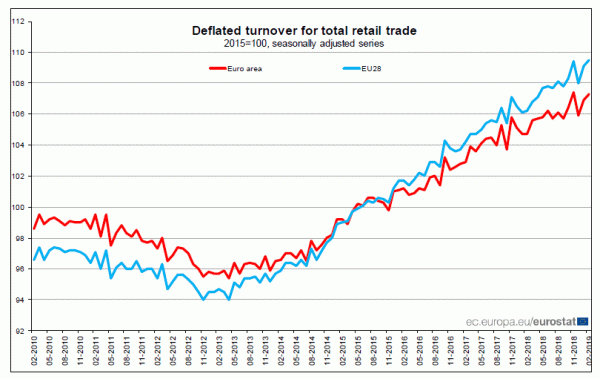
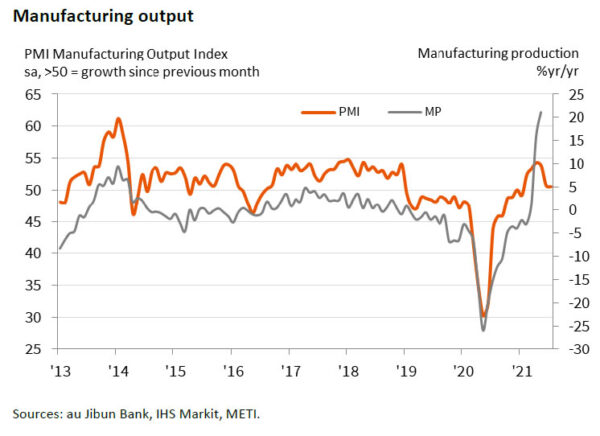
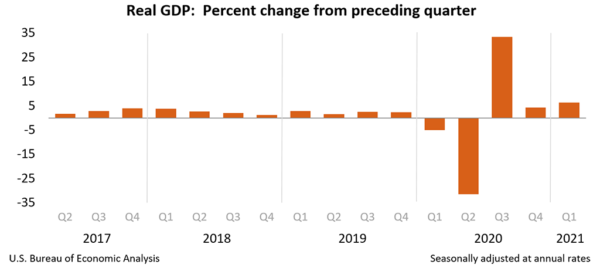
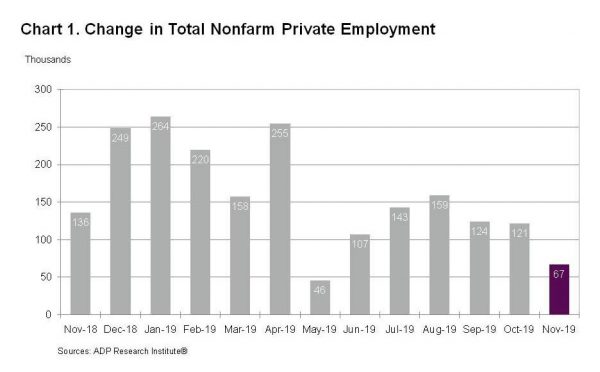
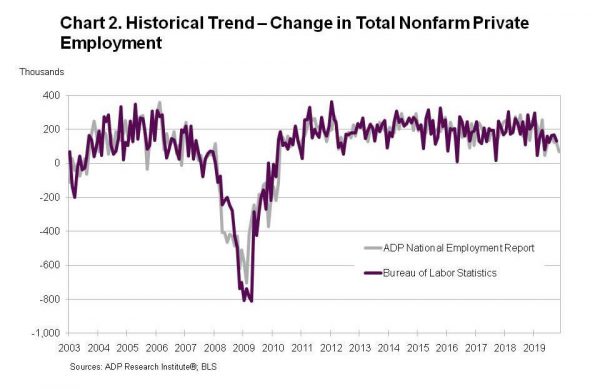
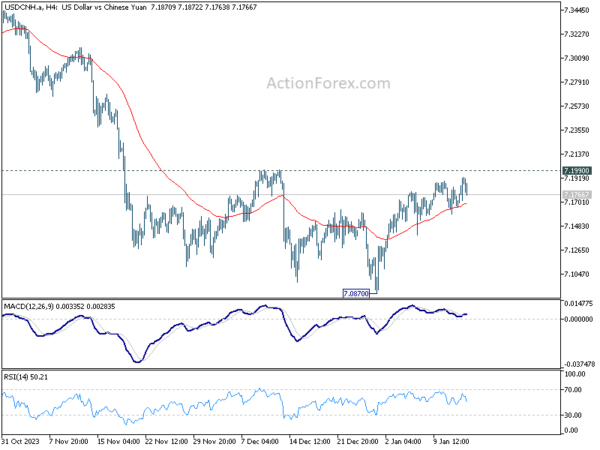

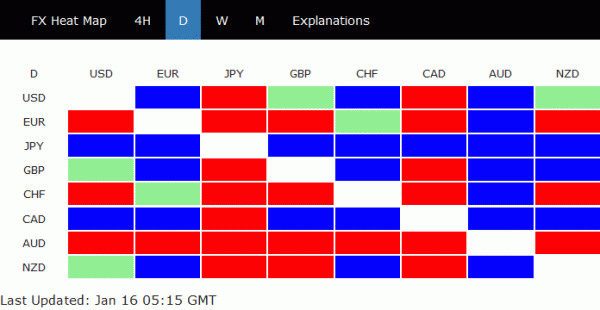
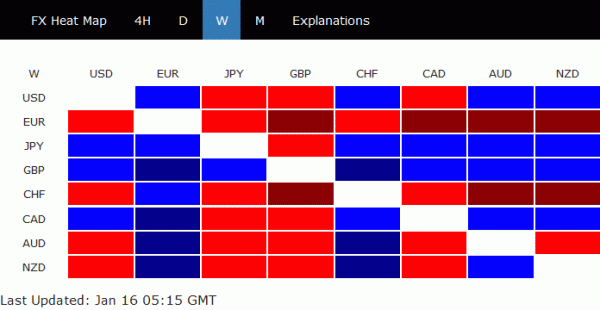
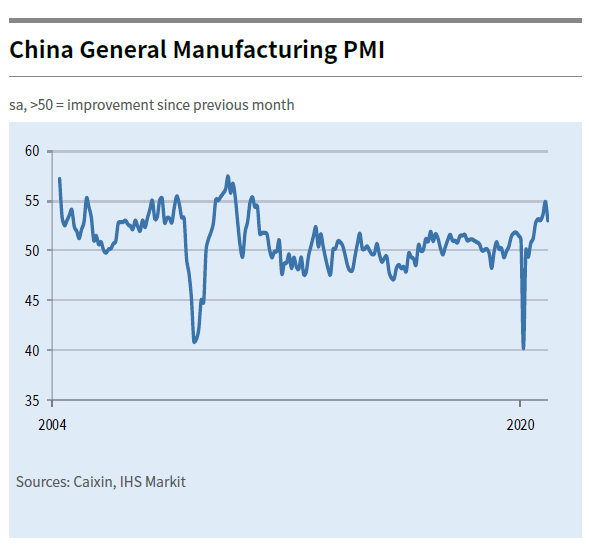

Japan PMI manufacturing finalized at 49.8, but short-term prospects turning a corner
Japan PMI Manufacturing was finalized at 49.8 in January, slightly down from December’s 50.0.
Usamah Bhatti, Economist at IHS Markit, said: “The Japanese manufacturing sector slipped back into contraction territory at the start of the year… as a rise in COVID-19 infections and issuance of a state of emergency dampened operating conditions… Manufacturers indicated a renewed fall in output levels… firms were further discouraged to replace voluntary leavers in the sector as staffing levels reduced.
“Nonetheless, the short-term prospects for the Japanese manufacturing sector appear to be turning a corner, with firms reporting a stable level of new orders. Businesses were also optimistic that the pandemic would subside over the coming year, triggering a wider economic recovery in Japan which would boost output levels. IHS Markit estimates industrial production will grow 7.1% in 2021, although this is from a lower base and does not fully recover the output lost in 2020.”
Full release here.